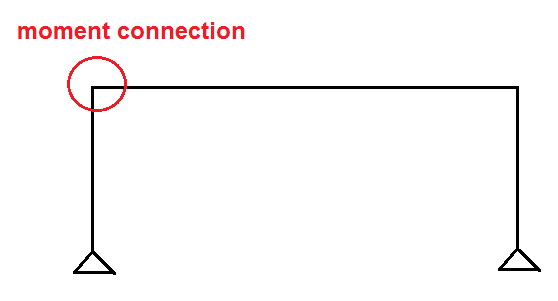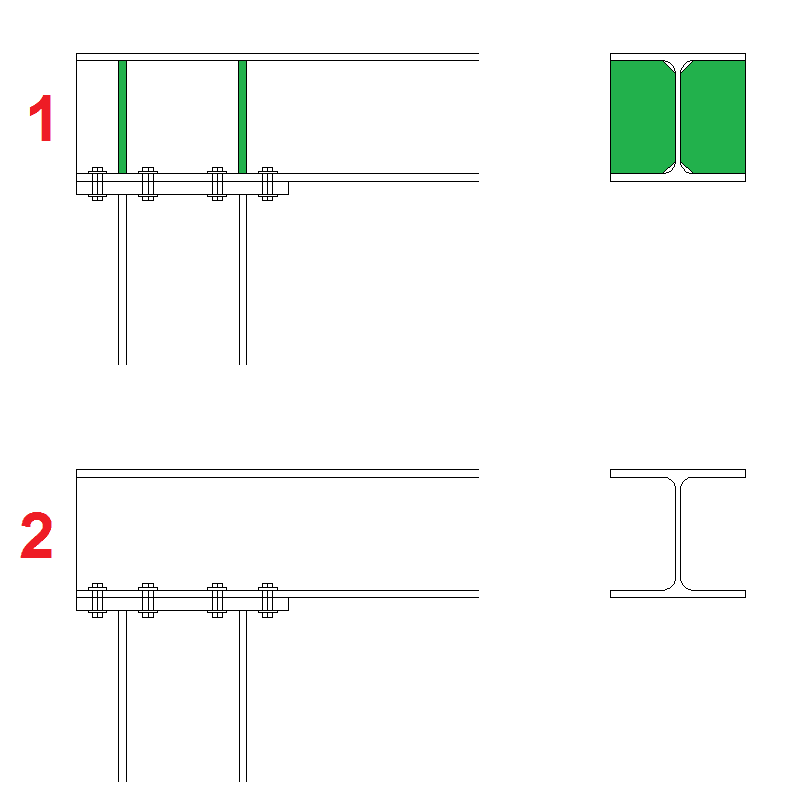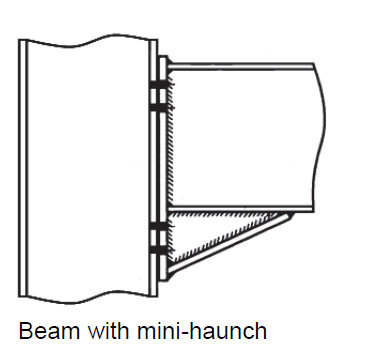I have a steel frame.
Connection between column and beam has to be a moment connection (stiff/rigid).
Im wondering do I have to make stiffeners in beam as shown in attached image (1) even tho web is stiff/strong enough and all controls are OK?
Im asking if my connection will be less stiff / rigid if I dont add stiffeners?
thanks for help


Connection between column and beam has to be a moment connection (stiff/rigid).
Im wondering do I have to make stiffeners in beam as shown in attached image (1) even tho web is stiff/strong enough and all controls are OK?
Im asking if my connection will be less stiff / rigid if I dont add stiffeners?
thanks for help




![[thumbsup2] [thumbsup2] [thumbsup2]](/data/assets/smilies/thumbsup2.gif)